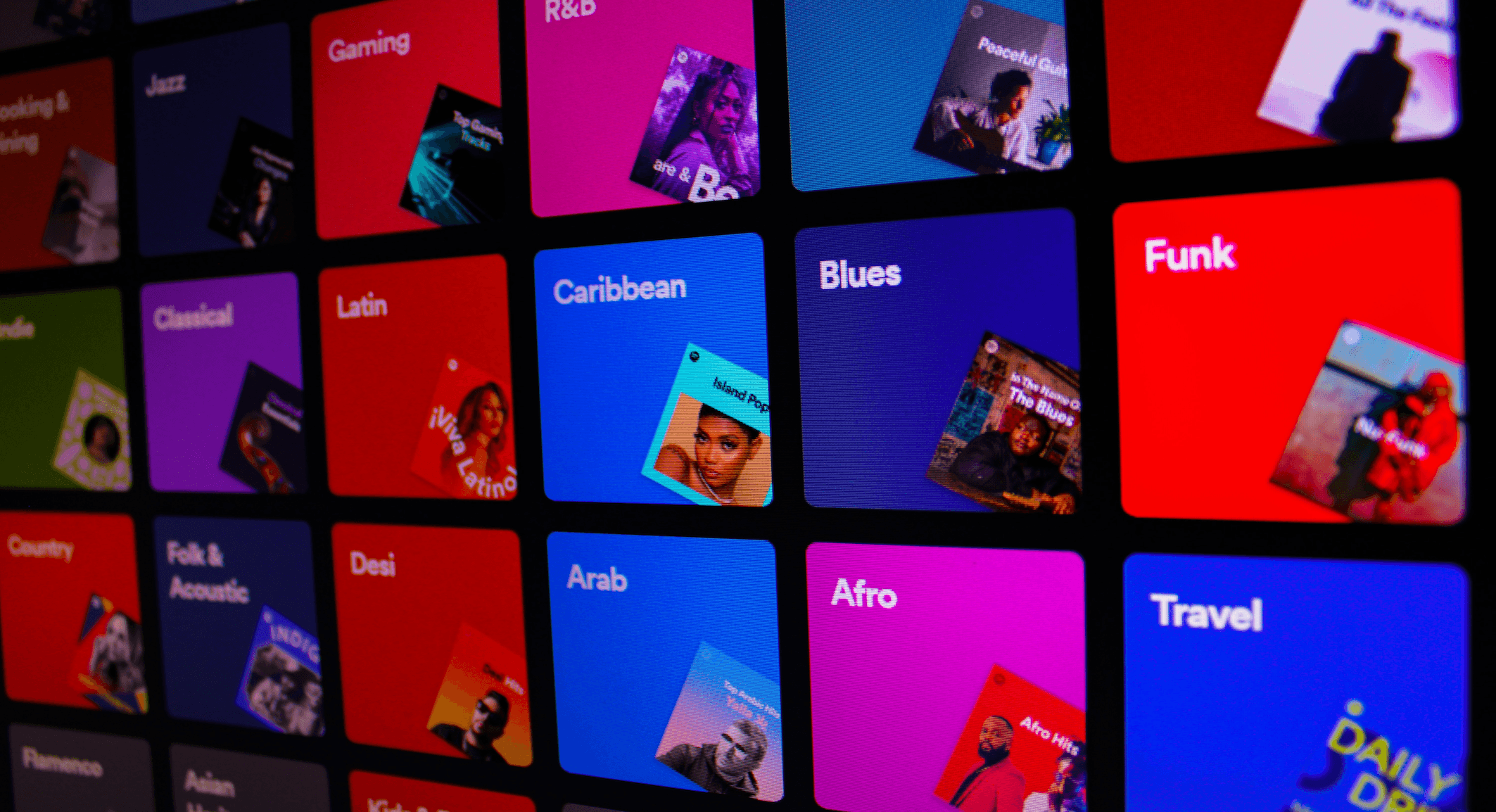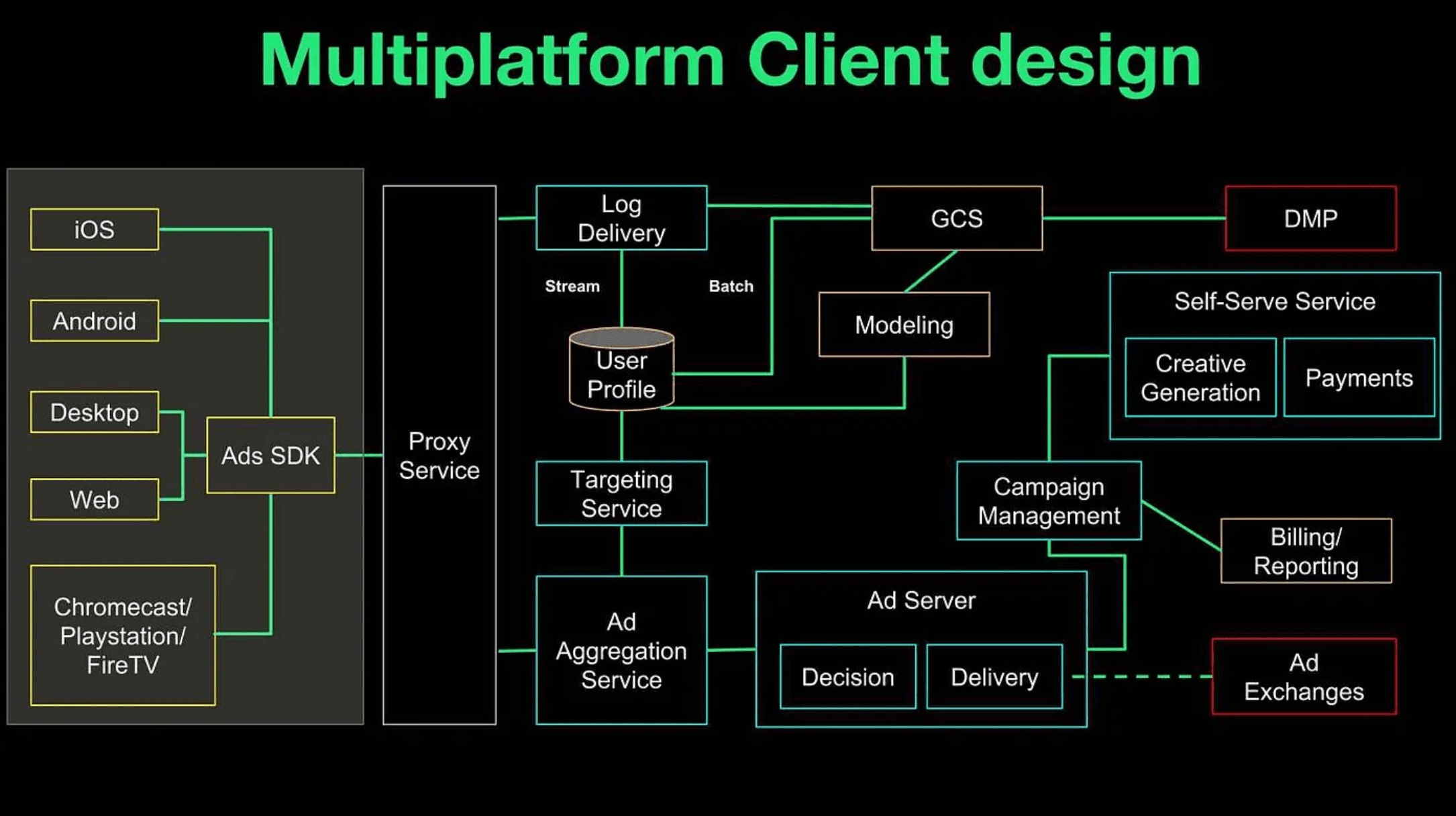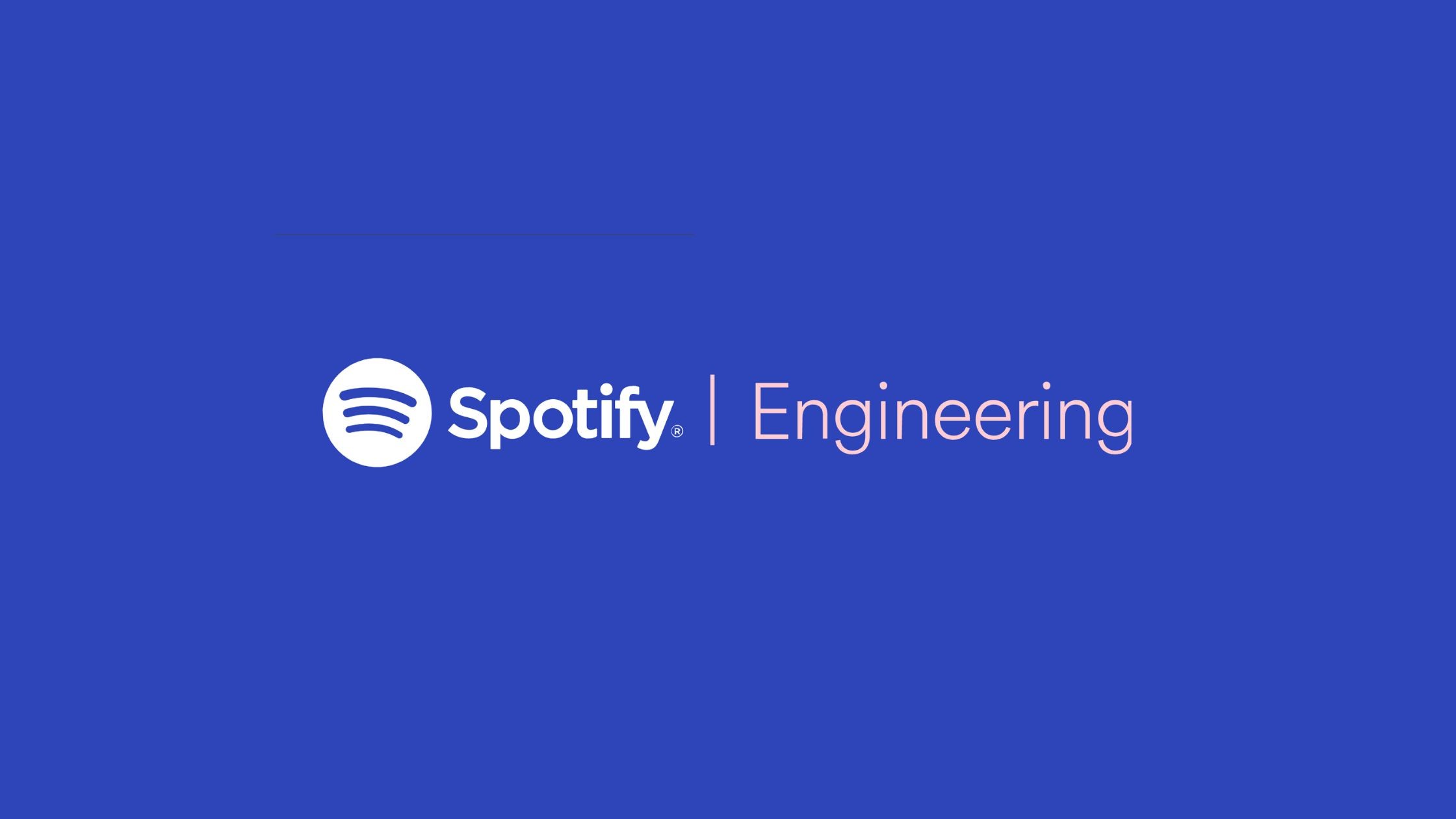The Spotify Chronicles - Music, Design, and Disruption
Part 2 - Tech
Jun 13, 2024
This blog, in continuation Spotify's evolution from previous blog, explores everything from initial struggles to its innovative design and impact on the music industry. It delves into the platform's complex backend architecture, highlighting micro-services, scalability, real-time data processing, and advanced product design, all contributing to its seamless, high-quality user experience.
about _________________________________________________________________

initial struggle
The music business was extremely skeptical of streaming services due to fears of income losses and potential effects on album sales. Founders Ek and Lorentzon had to persuade the labels that Spotify could offer a viable income model. This entailed significant discussions, with the platform presenting a strong argument for its ability to curb piracy while also providing a consistent revenue stream through advertising and membership fees.
inspiration behind design
Spotify's design was inspired by the simplicity and accessibility of illegal file-sharing networks like Napster and Kazaa. Daniel Ek aimed to blend their quickness and ease with the legality and quality of licensed music services, creating a user experience that felt like a limitless music library. The goal was to design a product that was easy to navigate, prioritized accessibility, and provided an extensive, personalized music library.
founder's intent for users
The founders intended Spotify to feel like a limitless music library where users could explore, discover, and share music effortlessly. The interface was designed to be simple and clean, removing barriers between users and their music, resulting in an engaging and immersive experience for both ordinary listeners and music lovers. Understanding the need to make music more accessible and ensuring the discovery of new music was crucial to Spotify's success.

disrupting music industry
Spotify is one of the greatest revolutions in streaming music online, introducing 'streaming' to the music industry. An industry once ruled by records, CDs, and players was now transformed by this groundbreaking app. Users could access their favorite music instantaneously without downloading it. When Spotify initially launched, it had no advertisements and provided a flawless user experience. It gave artists fair credit for their work by allowing them to be rewarded based on their performance on the app.
becoming significant for Sweden
Spotify introduced a new dimension of music streaming and discovery services, significantly boosting Sweden's economy and tech start-up scene. Founders Daniel Ek and Martin Lorentzon revolutionized music consumption and accessibility worldwide. They received recognition for their contributions to music and the global perception of Sweden, inspiring tech entrepreneurs and creating jobs.
similarities to teenage engineering
Both Spotify and Teenage Engineering focus on user functionality and aesthetics. Spotify revolutionized music experiences with its user-friendly streaming software and recommendations, while Teenage Engineering is known for sleek electronic designs like synthesizers and sound equipment. Both companies continuously improve their services based on customer feedback, maintaining user-centric offerings.
role of product design
Product design is crucial at Spotify, shaping how users engage with and perceive the platform. Emphasizing utility, emotional impact, and personalized aesthetics, Spotify's Personalization Design team focuses on understanding customer needs and preferences. Features like DJ, Blend, Home, Search, and Discover Weekly enhance the intuitive and sentimental user experience. This user-centric approach ensures a seamless, delightful interface, maintaining Spotify's position as a top digital content provider.
back-end _________________________________________________________________

This is how Spotify Premium works
Spotify's backend is considered one of the most complex due to its scale, functionality, and the need to deliver a seamless, high-quality user experience. Here's a simpler explanation of its components and how they contribute to this complexity:
Microservices Architecture
Spotify uses a micro-services architecture, splitting the application into smaller, independently deployable services. Each service handles a specific function like user authentication, playlist management, music streaming, recommendations, and social features.
Decoupled Services: Services can be developed, deployed, and scaled independently, reducing the risk of system-wide failures and allowing more agile development.
Service Discovery: Mechanisms enable microservices to find and communicate with each other dynamically.
Scalability and Global Reach
With hundreds of millions of active users worldwide, Spotify's backend must handle vast amounts of data and traffic efficiently.
Load Balancing: Algorithms distribute traffic across multiple servers and data centers, ensuring optimal performance and reliability.
Auto-scaling: The system automatically adjusts resources based on real-time demand, ensuring efficient resource usage and maintaining performance during peak times.
Data Storage and Management
Spotify's backend manages vast amounts of data, including user data, music metadata, playlists, and listening history.
Distributed Databases: Uses both SQL and NoSQL databases like Cassandra and Google Bigtable for high availability and scalability.
Data Sharding: Data is partitioned into shards distributed across multiple servers, allowing parallel processing and faster access times.
Content Delivery Network (CDN) and Edge Computing
Spotify uses a global CDN and edge computing to deliver music content efficiently.
Geographical Distribution: CDNs cache music content closer to users and reducing latency.
Edge Servers: Edge computing processes data closer to the user’s location, handling tasks like caching and pre-fetching, further reducing latency.
Real-Time Data Processing and Analytics
Spotify’s recommendation engine and user experience rely on real-time data processing.
Apache Kafka: Used for real-time data streaming, processing millions of events per second.
Machine Learning Models: Analyze user behavior, generate recommendations, and personalize the user experience.
Fault Tolerance and Resilience
To ensure continuous availability and reliability, Spotify's backend includes fault tolerance and resilience strategies.
Redundancy: Critical components are duplicated across multiple data centers; backups take over seamlessly if a failure occurs.
Circuit Breakers: Detect failures and prevent cascading issues by temporarily blocking requests to failing services.
Security and Compliance
Handling sensitive user data requires robust security measures and compliance with regulations like GDPR.
Encryption: Data is encrypted both in transit and at rest to protect against unauthorized access.
Access Control: Strict policies ensure only authorized personnel and services can access sensitive data.
Developer Tools and CI/CD Pipeline
Spotify uses advanced developer tools and a continuous integration/continuous deployment (CI/CD) pipeline to manage the development and deployment of numerous micro-services.
Automated Testing: Extensive automated tests ensure that code changes do not introduce bugs or vulnerabilities.
Deployment Automation: CI/CD tools automate the deployment process, enabling frequent and reliable updates.
Observability and Monitoring
Comprehensive observability and monitoring are crucial for maintaining the health and performance of Spotify’s backend.
Logging and Metrics: Services generate logs and metrics that are collected and analyzed to monitor performance and detect anomalies.
Distributed Tracing: Tools like Jaeger or Zipkin trace requests across multiple services, helping to diagnose and troubleshoot issues quickly.
Hybrid P2P and Server-Based Streaming

Spotify’s hybrid P2P and server-based system adds another layer of complexity.
Dynamic Switching: The system can switch between P2P and server-based streaming based on network conditions, user location, and content availability.
Network Optimization: Algorithms optimize the network to ensure minimal latency and high-quality streaming.
Spotify's journey from skepticism to streaming giant showcases the power of innovative design and robust technology in transforming the music industry.
Complex Back-End Architechture
Back
